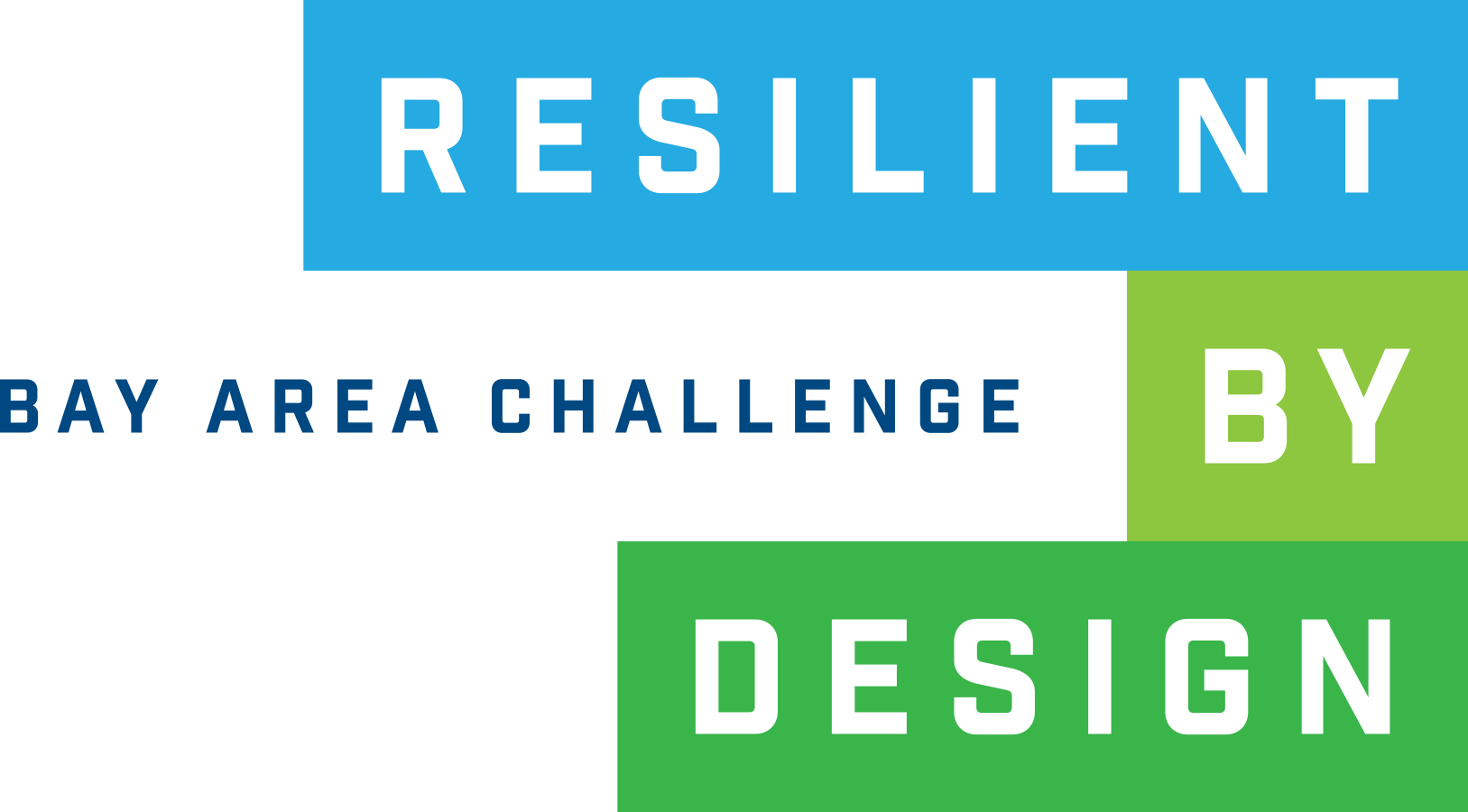Connecting People to Climate Risks
Participation+Action+Education Toolkit
The Resilient by Design Bay Area Challenge asked a question – could we effectively engage Bay Area communities and local, national, and international experts in a yearlong collaborative design process to develop innovative design solutions focused on resilience to sea level rise, severe storms, flooding, and seismic risk. Teams of designers, architects, engineers, economists, educators, and planners spent the year working with community organizations, local governments, and residents to develop nine design concepts for nine sites around the Bay Area. Along the way, the teams developed tools and events to creatively engage communities, raise awareness about climate resilience, and garner input used to develop the final design concepts. These tools and experiences brought collaboration and innovation to life as communities around the region grappled with the complexities of planning for long-term impacts from sea level rise while balancing current challenges like transportation and housing plaguing the region.
This toolkit catalogues tools developed throughout the Bay Area Challenge. It’s designed for people who want to creative engage their communities in planning for a resilient future. Whether you’re an educator, a park ranger, or community member, we hope this toolkit inspires you to start conversations within your communities on planning for a rising bay.
Guiding Principles
To frame community engagement throughout the Bay Area Challenge, Resilient by Design developed the following guiding principles. These principles were used to help shape the research tours and events in fall 2017. In the Collaborative Design Phase, Design Teams utilized these guiding principles to assist in the development of the engagement tools with the goal of fostering an inclusive, equitable and collaborative design process.
1. Address multifaceted, dynamic issues through collaboration, coordination and connection.
2. Prepare vulnerable communities for a resilient future by addressing our shared history, ecological, economic, and social vulnerabilities that still exist today.
3. Integrate social and ecological systems through rigorous research and a strong understanding of ecosystems, local community, and government challenges.
4. Integrate principles to sustain biodiversity and ecological functions.
5. Merge local, regional, and international knowledge with technical expertise toward implementable and creative design-driven ideas.
6. Acknowledge place and the First Nations of the Bay Area.
7. Develop equitable planning and development practices where community members are true collaborators and participate as equal partners at every level of design formation.
8. Leverage community knowledge and integrate in design to improve and not displace community members.


